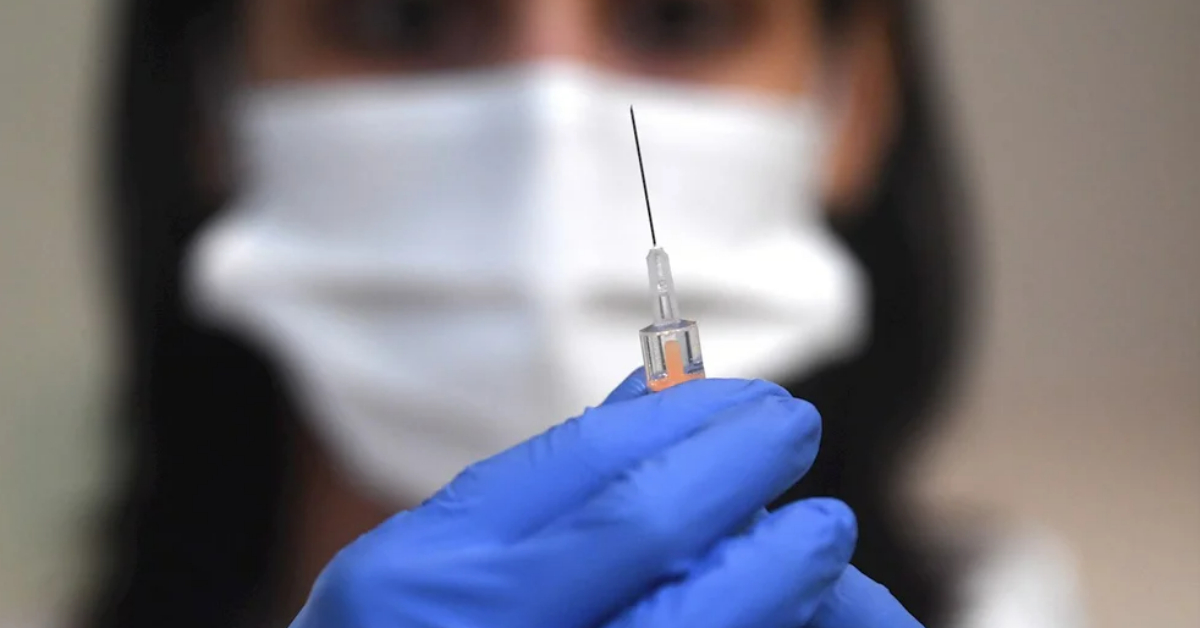The recent Centers for Disease Control and Prevention recommendation to use cloth face coverings to help slow the spread of COVID-19 has generated numerous how-to articles and videos. As academics who focus on personal protective equipment (PPE) research and development, we are concerned about the lack of information about two critical features of home mask design: fit and fabric selection.
The reality of particle size
Virus particles are tiny, ranging from 0.1 to 0.3 micron. A size 40 micron . . .






